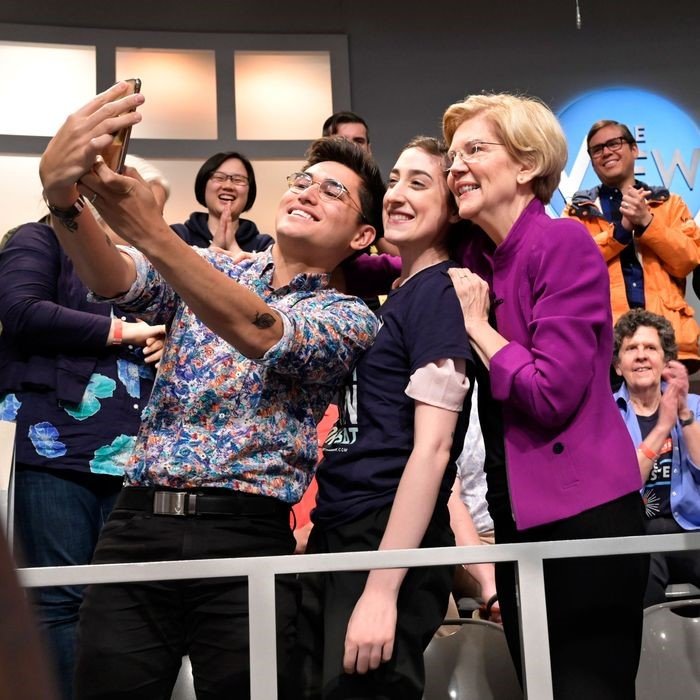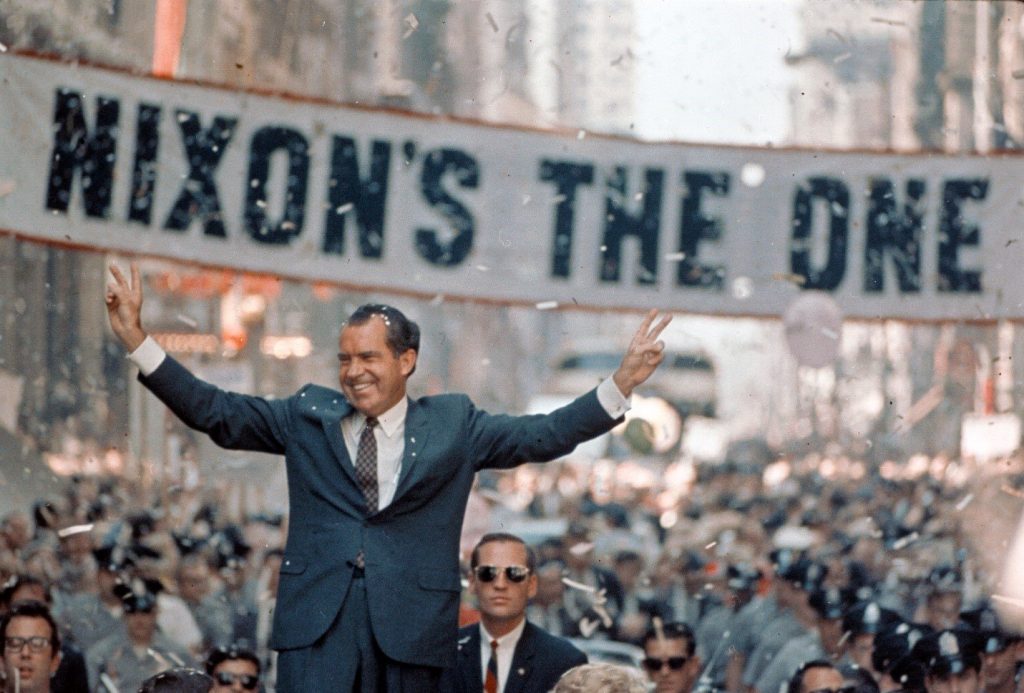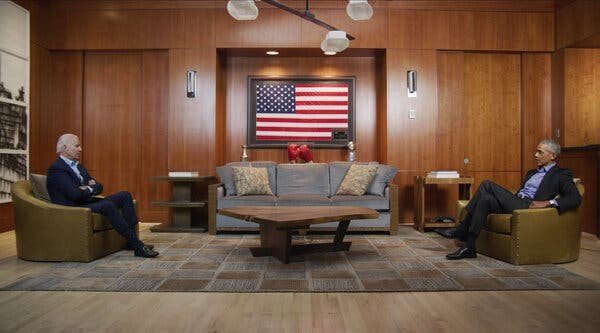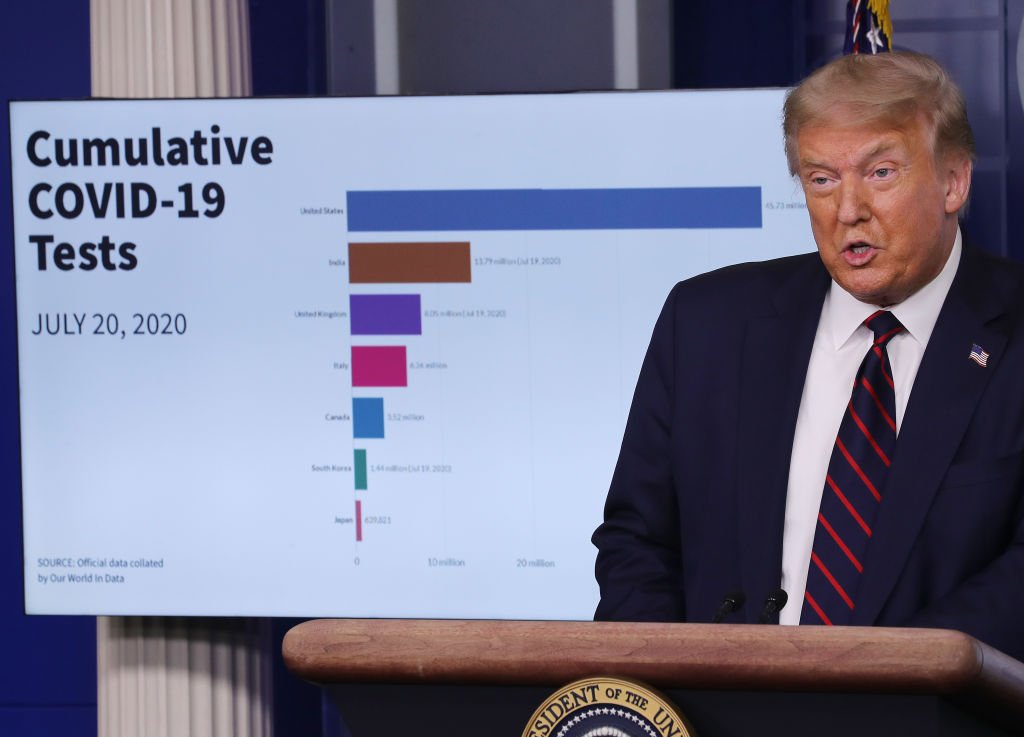While some countries have held an election in the era of COVID-19, none match the scale of the US presidential election. This presents challenges and opportunities for political consultants.
With fewer than 100 days until Election Day, conversations about the presidential campaign have been consumed by talk of quarantines and lockdowns. Medical preparedness and social distancing protocols have changed conventional political attention in an election year.
However, while there’s limited access to traditional elements of political campaigning, there are still communications tools available to campaigns looking to break through.
Earned media is vital
The execution of live campaign events has historically guaranteed coverage for each nominee, from previews to live commentary to post-event analysis. In addition to driving media coverage, in-person events also generate public engagement and can galvanize more apathetic voters.
US media historically provide equal coverage to campaigns with dedicated press pools traveling to official campaign stops and dedicating airtime to debates and rallies. With case numbers soaring across the country, the media now provides airtime to governors providing daily updates, reducing the space for the presidential candidates to operate in.
Digital campaigning has typically served as supplemental voter contact that sometimes makes headlines depending on the creativity and noteworthiness of the initiative, such as the social media rise of freshman Congresswoman Alexandria Ocasio-Cortez in 2018, viral selfies with Senator Elizabeth Warren on the campaign trail in 2020 or late-night TV appearances by candidates for president.

Though COVID-19 created an environment where virtual events and digital campaigns are the candidates’ only options for reaching voters, campaigns can still break through a news cycle hyper-focused on one topic without staging rallies.
Hijacking the news cycle
Candidates can leverage what’s already making headlines to insert themselves into the media narrative. In 2020, that means shifting the focus of policy conversations to address today’s public concerns about healthcare and economic security.
With a majority of the American public currently disapproving of the Trump administration’s handling of the pandemic, Democrats will maintain their focus on healthcare, which propelled them to the House majority in 2018, with an added emphasis on economic security. The pandemic has put tremendous pressure on America’s healthcare infrastructure, exposing the fragility of the country’s health care system. Rising unemployment has resulted in many Americans losing access to employer-based health insurance, which boosts the appeal of Democratic plans for universal healthcare.
President Trump’s nightly coronavirus briefings put him in a position to address millions of Americans at a time while he couldn’t stage rallies. He headlined the conferences personally rather than turning them over to experts, as UK Prime Minister Boris Johnson chose to, in order to seem more involved in the administration’s response. Following a continued decline in his approval ratings, which many attribute to his statements contradicting public health officials, those briefings became less frequent.
Silence is golden
Sometimes saying nothing can be a strategy. Former Vice President Joe Biden can attest to the benefits of staying out of the spotlight while the nation grapples with a pandemic. The former VP has managed to avoid the gaffes that plagued him during the Democratic primary. President Trump doesn’t have the same luxury. When the buck stops with you, silence is weakness. Trump’s recent campaign ads ignore COVID-19 completely focusing on law and order, following nationwide civil rights protests. The pandemic is bad for the president, but he hopes that copying the strategy of Richard Nixon in 1968 will return him to the White House.

Generating big moments
A crowded news cycle means that the bar for capturing the media’s attention is higher than usual. Candidates must be strategic and plan a narrative to coincide with the news cycle balancing tact and timeliness with a headline-deserving activity. Successful political campaigns need to harness creativity and digital fluency to connect with voters and to share their messages virtually. Campaigns that have previously been gauged by the strength of their public messaging and the enthusiasm of their supporters must now identify new ways to generate media attention, including for down-ballot candidates.
Biden has hosted and participated in virtual events although these have not penetrated the news in ways that traditional campaign events do. Creative virtual campaigning, such as his appearance on The Late Show with Stephen Colbert, have made more headlines than the regular video calls from his basement in Delaware. Recently, the Biden campaign released several teasers ahead of a new video with former President Barack Obama maximizing public and media attention for a whole week.

With the media following every twist and turn of the pandemic, and a country consumed by record rises in coronavirus cases, American voters may be more interested in substantive policy issues rather than personal attacks that have plagued past US elections. Announcing potential Cabinet members is uncharted territory but it has been suggested as a way that Biden can show he is ready to govern the country through a pandemic on day one.
Taking hold of big moments, harnessing creativity and knowing when to stay out of the spotlight are just the beginnings of what we are sure to see in new and emerging political communications strategies.

